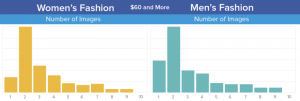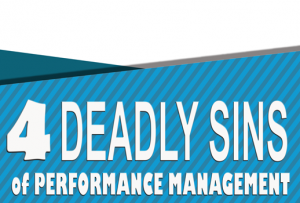Trends are a pain to keep up with. Staying current and relevant is a matter of knowing which trends are going to last, and which ones are destined to go the way of ankle-warmers and Ferbies.
What’s scary is if you fall on the wrong side of a fashion trend, all you risk is a little embarrassment. If you buy into the wrong recruiting trends and fall behind the right ones, you put your entire livelihood at risk.
One trend that’s taken the entire business world by storm is Big Data and analytics. Recruiting is no exception to this rule. This is one of the trends you should get onboard with, and fast.
Before you start poo-pooing the notion that you need to change your approach to recruiting or adopting a more numbers driven approach to manage your daily work, however, let’s dive into what “Big Data” really means for a minute.
Understanding Big Data
To make one thing clear, Big Data will never replace experience. In fact, Big Data is just a buzzword, so I’ll stop using it from here on out.
What I’m really talking about is a numbers-driven approach to recruiting and recruiting management — this article from Glen Cathey (AKA the Boolean Blackbelt) does a good job of explaining the difference.
The trend that I’m referring to is a natural step towards improving performance by relying on statistical analysis rather than subjective hiring guidelines and gut instinct.
What makes this trend different?
Yes, plenty of supposed “world-changing” innovations have fallen flat (Google Glass being a prime example), but the shift towards data-driven recruiting is here to stay.
The availability of data through ATS systems (or even Excel, if it’s put in the right person’s hands) enables recruiters to quantify aspects of the recruiting process that were previously very subjective.
Automated analytics take that trend a step further, and automate the process of sorting through raw data to figure out where the relevant takeaways are.
It’s easier than ever before to use hard data to ask (and answer) questions about why candidates from different sources are superior to others, which companies are the best fit for your candidates, and which strategies are most effective for recruiting candidates.
In short, analytics make it easier for recruiters to find good candidates for open jobs and good jobs for quality candidates. That’s a trend that everyone benefits from. So why not join the crowd?
Business & Finance Articles on Business 2 Community
(129)







